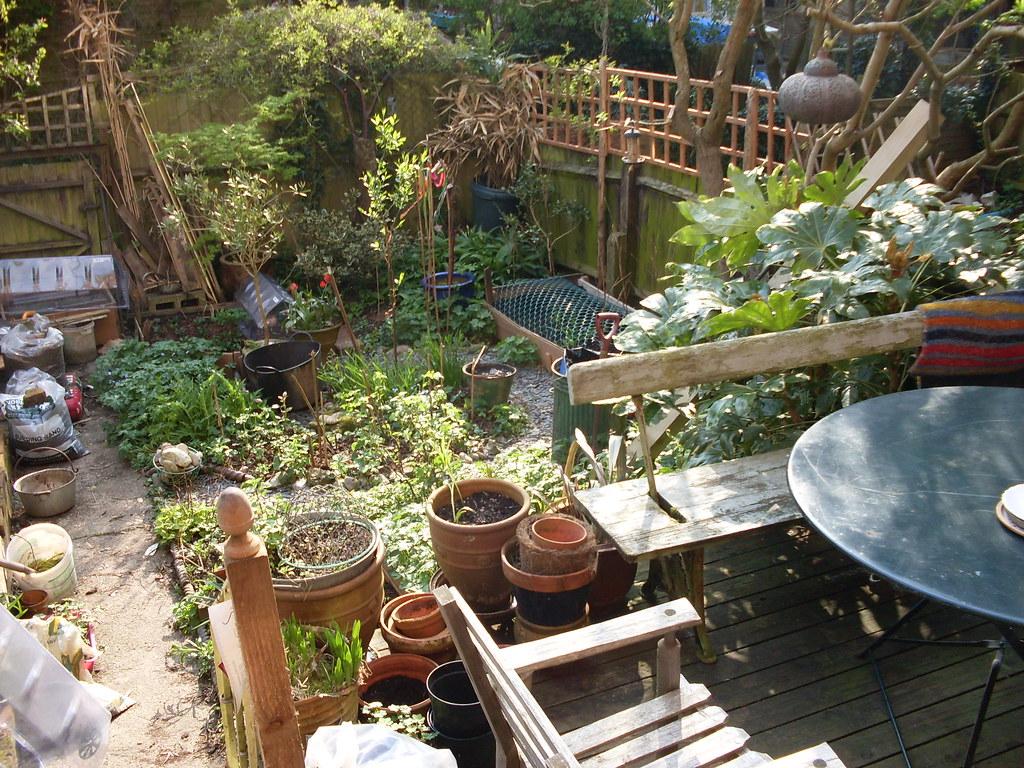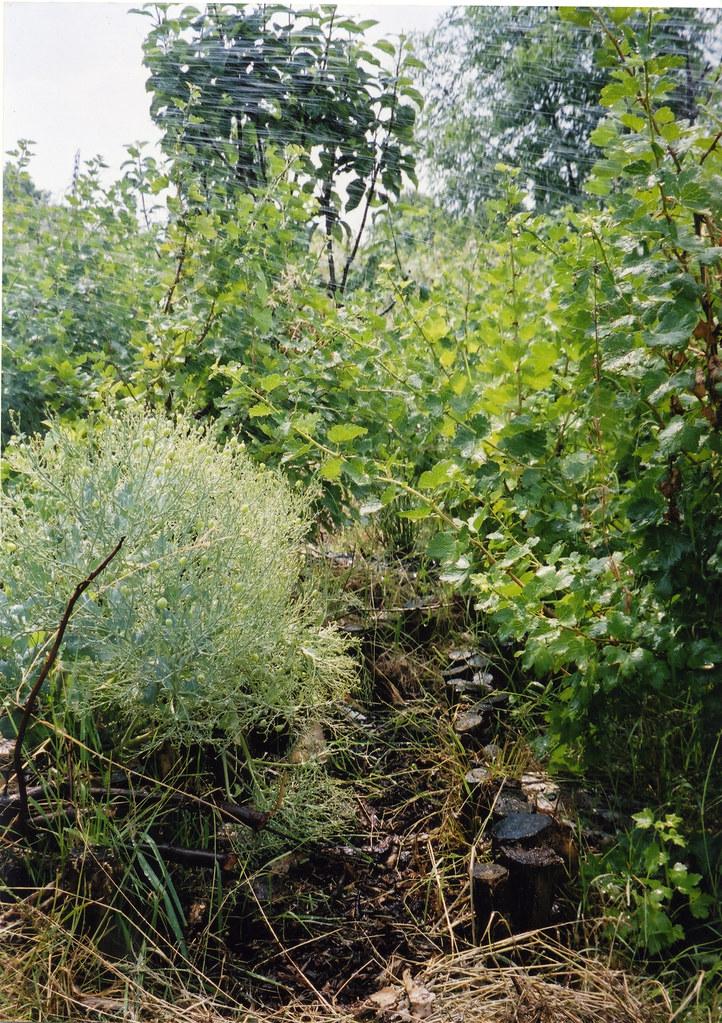If you’re looking for a sustainable and environmentally friendly way to grow your own food, starting a food forest on your property might be the perfect solution. A food forest is an intentional planting of trees, shrubs, herbs, and other plants that mimic the structure and function of a natural forest ecosystem while providing an abundance of food for people and wildlife. Here are some of the benefits of starting a food forest on your property.
Why Start a Food Forest?
Provides an Abundance of Fresh, Nutritious Food

One of the primary benefits of starting a food forest on your property is that it provides an abundance of fresh, nutritious food. Unlike a traditional garden, which requires regular tilling and planting of annual crops, a food forest is designed to be a self-sustaining system that produces food year after year with minimal maintenance. By planting a variety of fruit and nut trees, berry bushes, and edible perennials, you can enjoy a diverse array of fresh, healthy food throughout the growing season.
Improves Soil Health and Reduces Erosion
Another major benefit of starting a food forest is that it improves soil health and reduces erosion. The deep roots of trees and shrubs help to break up compacted soil and improve soil structure, while the leaf litter and other organic matter they produce provide a natural source of nutrients for the soil. This can help to reduce erosion and improve soil fertility, making it easier to grow healthy, productive plants.
Creates a Habitat for Wildlife
A food forest is not just a source of food for people, but also provides a habitat for wildlife. By planting a variety of plants that produce fruits, nuts, and seeds, you can attract a diverse array of birds, insects, and other wildlife to your property. This not only creates a more vibrant and diverse ecosystem, but can also help to control pests and pollinate your crops.
Reduces Your Carbon Footprint
Starting a food forest can also help to reduce your carbon footprint. By growing your own food on your property, you’re reducing the amount of food that needs to be transported from farms to stores, which in turn reduces greenhouse gas emissions from transportation. Additionally, trees and other plants absorb carbon dioxide from the atmosphere as they grow, helping to mitigate the effects of climate change.
Provides a Sense of Connection to Nature
Finally, starting a food forest on your property can provide a deep sense of connection to nature. By working with the natural systems of the land to grow food, you’ll develop a greater appreciation for the cycles of the seasons, the diversity of plant and animal life, and the interdependence of all living things. This can be a deeply rewarding and fulfilling experience, as well as a way to connect with the natural world and build a sense of stewardship for the land.
In conclusion, starting a food forest on your property can provide a range of benefits, from providing an abundance of fresh, healthy food to improving soil health, creating a habitat for wildlife, reducing your carbon footprint, and providing a sense of connection to nature. If you’re interested in starting a food forest, there are many resources available to help you get started, from permaculture design courses to community garden networks. With some planning and effort, you can create a thriving and sustainable food forest that provides for you, your family, and the environment for years to come.
Keywords: food forest, sustainability, fresh food, soil health, habitat, wildlife, carbon footprint, connection to nature, permaculture.
Check out FoodieScapes for articles on growing and preparing food.
Check out StoryScapes for articles on creative writing.
Subscribe to our newsletter to get information delivered to your inbox on homesteading, growing food, food preparation, travel, fishing, and more.











